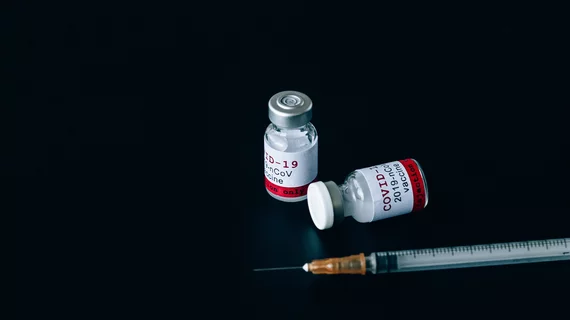How, where and why have 200K COVID vaccines gone to waste?
After analyzing public records requested from the CDC plus all 50 states and other administering bodies, KHN investigators are estimating more than 200,000 doses of COVID-19 vaccine have been deep-sixed at jab sites.
The reasons vary widely, and CVS and Walgreens emerge from the analysis as prolific fumblers, accounting for almost three-quarters of the waste. However, useful details are hard to pin down because waste reporting has been sorely inconsistent, KHN has learned.
“One thing is clear: Months into the nation’s vaccination drive, the CDC has a limited view of how much vaccine is going to waste, where it’s wasted and who is wasting it, potentially complicating efforts to direct doses to where they are needed most,” write KHN journalists Joshua Eaton and Rachana Pradhan.
The as-yet unanswerable questions are troubling, they note, because “public health experts say having a good handle on waste is crucial for detecting problems that could derail progress and risk lives.”
Unsurprisingly, the team’s reporting turned up a fair bit of finger-pointing.
“CVS and Walgreens didn’t have a clue when it came to interacting with nursing homes,” public health professor Bruce Lee, MD, MBA, tells KHN. “Missed opportunities for vaccination in long-term care invariably results in deaths.”
CVS deflects the charge, blaming the waste on “issues with transportation restrictions, limitations on redirecting unused doses and other factors. … Despite the inherent challenges, our teams were able to limit waste to approximately one dose per onsite vaccination clinic.”
Lee, of City University of New York, also notes the lack of skin in the game among vaccine providers.
“Because the federal government is footing the bill for the country’s doses, any waste amounts to ‘basically throwing [taxpayer] money down the chute,’” he tells KHN.
Other reasons providers have cited for tossing doses include freezer malfunctions, broken vials, bent needles and vials left open or uncooled for too long.
One source, a nurse in Rhode Island, tells KHN that, from what she’s seen when giving shots, the biggest single waste contributor is people signing up but not showing up.
Some may be deciding, “You know what? I don’t need my vaccine today,” the nurse says. “Well, now we’re scrambling to find somebody to take the vaccine.”

